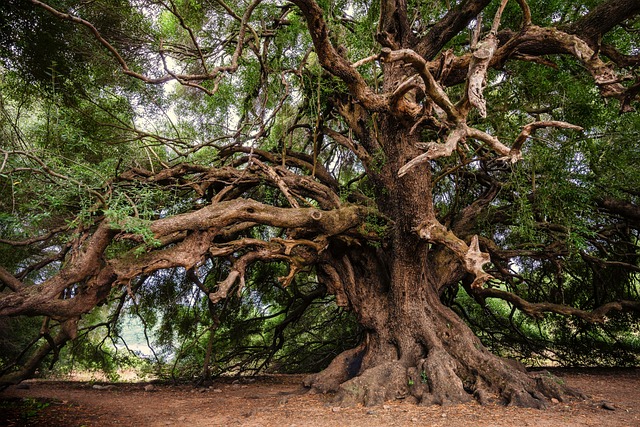Sunlight and airflow are essential for tree health and aesthetics. "Tree trimming solutions" optimize light exposure, prevent diseases & pests, and extend lifespans, especially in urban areas with building obstructions. Examining tree structure, using proper tools & techniques (including identifying branches for cutting, clean cuts outside the branch collar, and trimming during the dormant season), and considering species-specific approaches (conifers vs. deciduous trees) are key to effective tree trimming solutions that enhance sunlight and airflow, fostering healthier landscapes. Avoid over-trimming or trimming during active growth seasons for optimal results.
Pruning trees is an effective way to enhance sunlight exposure and improve airflow, benefiting both the health of your trees and your overall outdoor space. This comprehensive guide explores the art of tree trimming as a powerful tool for cultivating vibrant, healthy plants. We’ll uncover the advantages of optimal light and circulation, teach you to identify pruning needs, and provide expert tips on tools and techniques. From strategic patterns tailored to various tree types to common mistakes to avoid, discover the secrets to achieving effective tree trimming solutions.
- Understanding the Benefits of Sunlight and Airflow for Trees
- Identifying Areas for Pruning to Maximize Light Exposure
- Essential Tools and Techniques for Effective Tree Trimming
- Strategic Pruning Patterns for Different Tree Types
- Common Mistakes to Avoid During Tree Trimming Sessions
Understanding the Benefits of Sunlight and Airflow for Trees
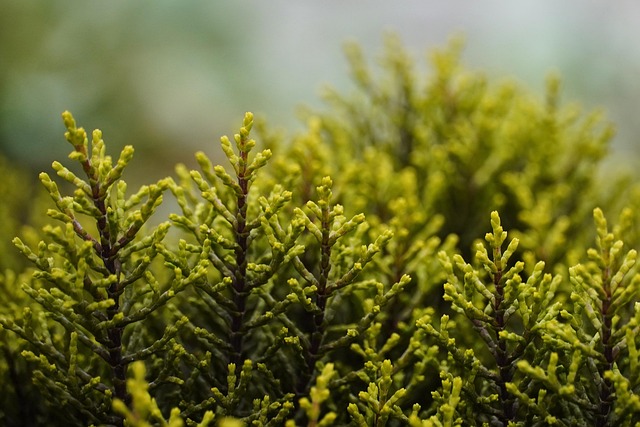
Sunlight and airflow are essential elements that contribute to a tree’s overall health, growth, and aesthetic appeal. Adequate sunlight allows trees to perform photosynthesis, enabling them to produce food and energy for their survival. By ensuring optimal light exposure, tree trimming solutions can enhance the photosynthetic process, promoting robust and healthy foliage. This is particularly important in urban settings where buildings and structures often create shaded areas, hindering natural light penetration.
Airflow plays a crucial role in preventing diseases and pests from thriving on trees. Proper circulation of air around the canopy helps reduce moisture accumulation, which can lead to fungal infections and insect infestations. Trimming and shaping trees to allow better airflow can strengthen their natural defenses, making them more resilient against common tree issues. This, in turn, extends the lifespan of the trees and maintains a vibrant and healthy urban landscape.
Identifying Areas for Pruning to Maximize Light Exposure
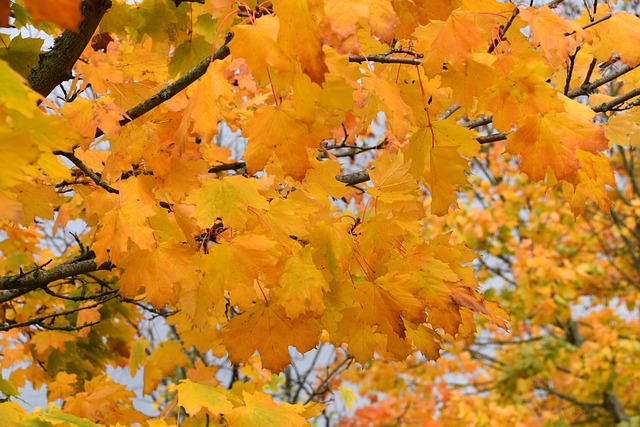
When considering tree trimming solutions for optimal sunlight and airflow, it’s crucial to pinpoint areas that are hindering natural light penetration. Start by assessing the overall structure of your trees and shrubs, looking for dense branches or overgrown foliage that blocks light from reaching the ground. Pay close attention to windows and doorways where light is scarce—pruning these areas can significantly enhance light exposure indoors.
Identifying branches that cross or rub against each other is another key aspect of maximizing light exposure. These interloping branches not only cast shadows but also create an environment conducive to disease and pest infestation. By removing these problem branches, you’ll not only improve airflow but also foster a healthier, more vibrant landscape.
Essential Tools and Techniques for Effective Tree Trimming
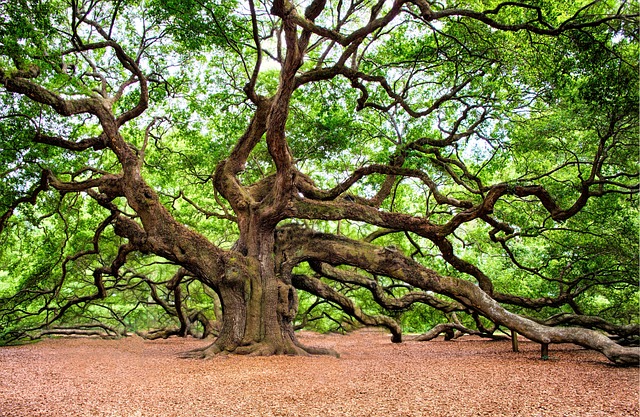
When it comes to effective tree trimming, the right tools and techniques are essential for achieving optimal results. For any tree trimming solutions, start by gathering a variety of shears, saws, and pruners suitable for different tasks. Hand shears are ideal for small branches, while loppers handle thicker ones. For larger trees, a chainsaw might be needed, but always prioritize safety when using such equipment.
Proper technique is just as vital. Begin by identifying the branches to be cut, focusing on those crossing or rubbing against each other, or growing inward. Next, make clean cuts just outside the branch collar—the swollen area where the branch meets the trunk—to prevent damage and promote healing. Always remember to trim during the dormant season for most trees, and avoid leaving large stubs that can invite pests and diseases.
Strategic Pruning Patterns for Different Tree Types
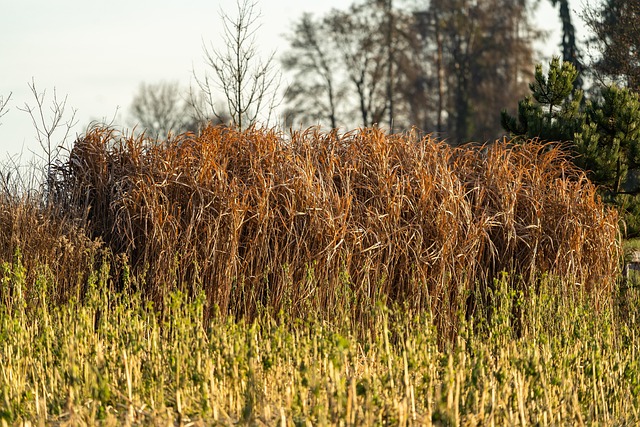
Strategic pruning patterns vary depending on the tree type, as each species has unique growth habits and characteristics. For example, in the case of tree trimming solutions for conifers like pines and spruces, the focus is often on maintaining a balanced shape while allowing sunlight to penetrate the canopy. This might involve removing interior branches to open up the tree without compromising its structural integrity.
Deciduous trees, such as maples and oaks, require different approaches. Here, tree trimming solutions should aim to enhance airflow and reduce the risk of disease by removing dead or diseased branches, thinning out dense foliage, and selectively pruning to maintain a healthy, natural form. These techniques promote better growth, prevent excessive shading, and create a more aesthetically pleasing landscape.
Common Mistakes to Avoid During Tree Trimming Sessions
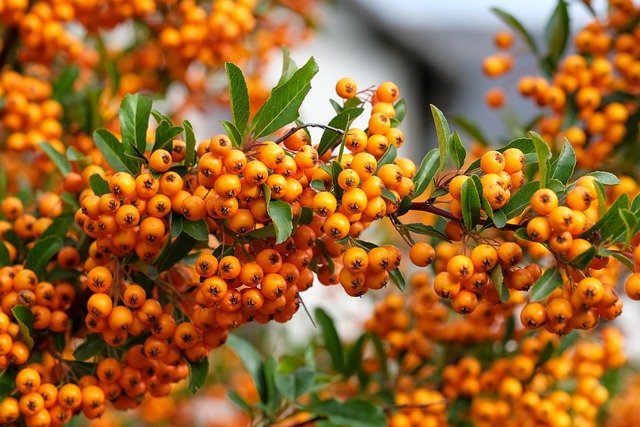
When tackling tree trimming sessions, several common mistakes can detract from the desired effects of improved sunlight and airflow. One frequent blunder is over-trimming, which can damage trees and hinder their ability to recover and grow new foliage effectively. It’s crucial to assess each tree individually and trim only what’s necessary, removing dead or diseased branches while preserving the tree’s natural shape and structure.
Another mistake to avoid is trimming during the wrong season. Most tree species have optimal cutting periods, typically late winter or early spring before new growth begins. Trimming during active growth can stress trees and leave them vulnerable to pests and diseases. Misjudging these timelines can result in stunted growth and long-term health issues, undermining the very purpose of tree trimming solutions aimed at enhancing sunlight and airflow.
Pruning is a powerful tool in enhancing sunlight and airflow for trees, ensuring their health and vigor. By understanding the benefits of these elements, identifying optimal pruning areas, and employing effective techniques, you can transform your landscape with strategic tree trimming solutions. Avoid common mistakes and embrace the art of pruning to cultivate a vibrant, healthy tree ecosystem.
